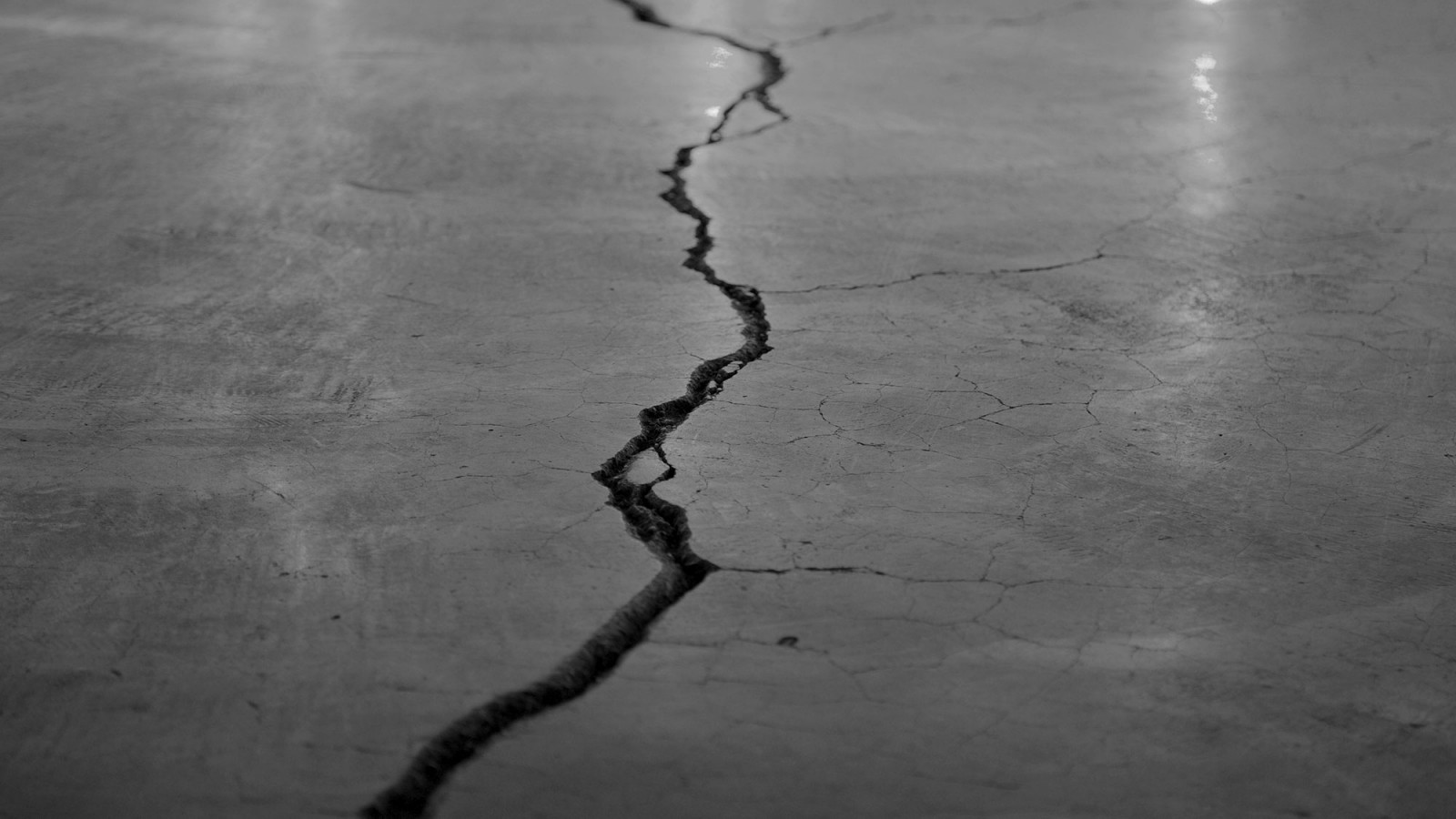Written by Jon Davies
Technical Sales Support and Education Manager, Pro Clima New Zealand
During the NZ Institute of Building Surveyors conference in Queenstown, I asked the question "how many words and letters does it take to name a new pro clima product?" The answer is, "As many as possible." German joke.
Coming up with a name for a peel and stick weathertightness layer was easy — just add (in typical German fashion) a description to the end of a product name. Adhering a product to the wall? Simple, just add ADHERO.
Putting a reinforcement grid into a product? Simple, add ‘PLUS’.
Put a glue layer into the edge of roof underlays? Just add ‘CONNECT’.
Simulating earthquake damage on building materials
In a recent P21 test ('push and pull a wall laterally using hydraulic ram until wall disintegrates’), while studs were breaking and rigid substrate was being torn apart, the peel and stick membrane on the boards’ faces stayed intact and weathertight. Now there is only so far you can go with this argument that a flexible fabric can protect a building, and when walls are being torn apart in an equivalent seismic event there is a strong likelihood there are no windows left in openings, however, where a wall develops minor cracks and incurs damage that could let water in, having a layer there still protecting the frame is of some small comfort. This occurred in Christchurch where buildings still standing could have been kept in better condition over following months if they had also been able to shed water better. Silver bullet? No. Is it better? Yes.
Overfixing a rigid wall underlay (plywood, OSB, fibre cement) with the SOLITEX EXTASANA ADHERO weathertightness layer now also means there are no fixings (temporarily of course), meaning better overall weathertightness prior to cladding, and a drier structure.
So how did we get to being involved in this test?
Three years ago I was asked if we had a peel and stick weathertightness layer. My reply was “A what?” “What would you need that for?” Well, times have changed, now we know there is a demand for much higher weathertightness performance at higher wind pressures on facades of increasing heights. Another call was for products that did not move or rattle in the wind beneath the facade. One thing we are pretty happy about is meeting demand from industry to have a single product suitable for roof and wall applications.
Cross Laminated Timber (CLT) structures and Structural Insulated Panel (SIP) construction make good use of this approach.
In CLT structures, the first requirement is to protect the panels from external moisture during installation, before they have insulation and further weather protection added on the outside. This protection is critical to prevent water staining on the inside (visible) face of the panels.
In SIP construction, the requirement is to protect panels from water ingress during construction because water is difficult to get out again.
Using a peel and stick membrane helps with this challenge in a few different ways;
- It can be adhered in the factory (for both CLT and SIP), then joined together onsite for continuous weathertightness
- It has no immediate fixings (other than the glue), so the weathertightness is complete
- The roof and wall can be treated at the same time with the same product creating continuous weathertightness
Creating airtightness is easy with SIP construction as all panels can be joined to each other, joined to the floor structure and the windows and doors.
In CLT it’s done very differently. Where panels are made of three laminations we find air moves through the panel elements, at five laminations this rate drops. The method for ensuring airtightness is to install a product on the outside face of the CLT, and the best product to do this is a non-porous (meaning airtight) weathertightness layer as it can be left exposed to the weather (dedicated Smart Vapour Control layers INTELLO and INTELLO PLUS must be protected from UV as soon as possible). Airtightness is achieved by connecting the sheets to each other in a continuous wrap around the full exterior of the building envelope. The basic layup from inside to outside is CLT panel, ADHERO (for airtightness), insulation, weathertightness layer, cladding.
Benefits:
Initial protection, long-term performance, longevity.
Written by Jon Davies
Technical Sales Support and Education Manager, Pro Clima New Zealand
For more information please contact us on 0800 proclima or visit the pro clima website.





























 Most Popular
Most Popular Popular Products
Popular Products



